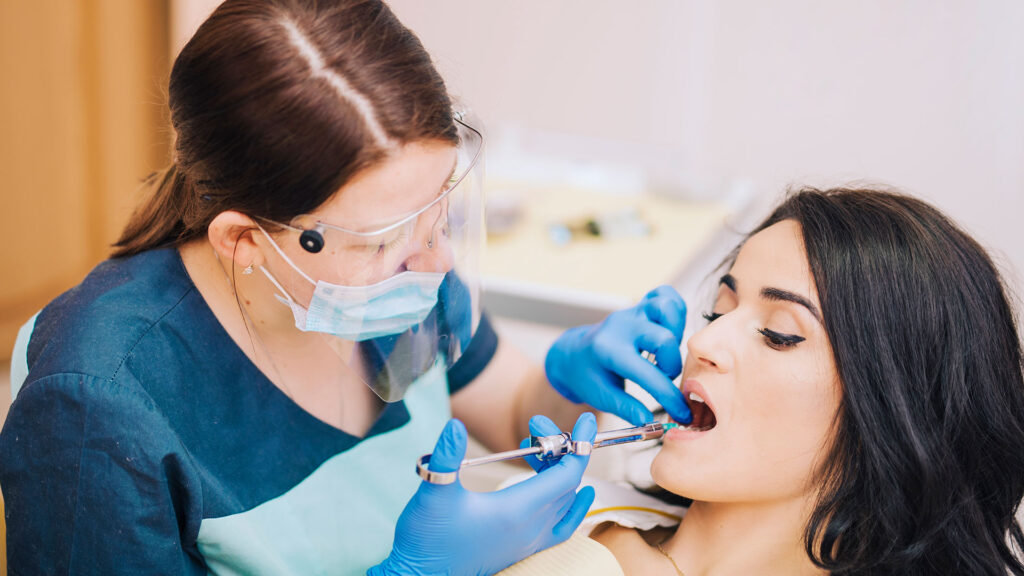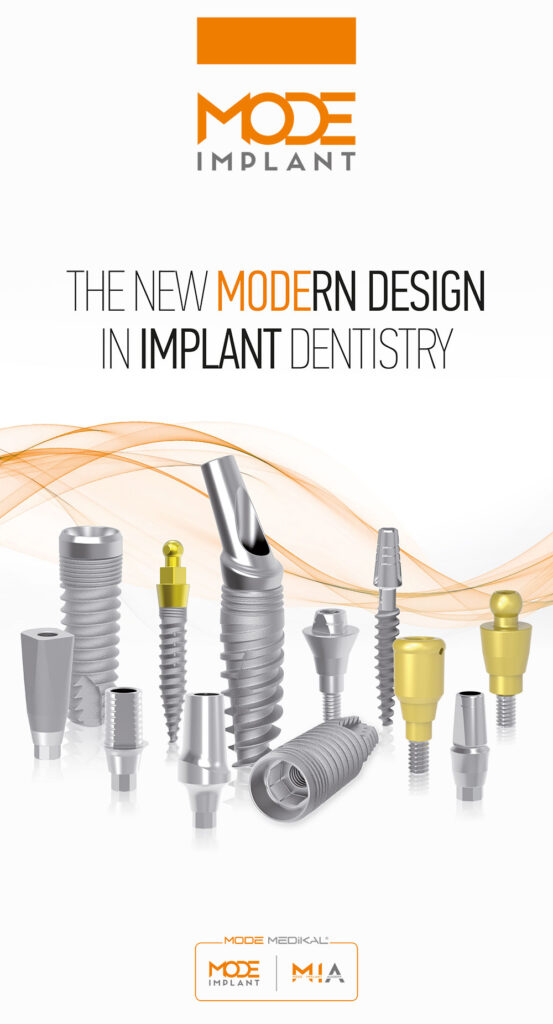
What is General Anesthesia and Sedation?
Surgical interventions are required from time to time due to diseases in the teeth, jaw and mouth, accidents or congenital problems. Surgical interventions also have different degrees of difficulty, while there is no problem in patients being conscious during these interventions, sometimes patients may need to be put to sleep at a certain level with general anesthesia and sedation before the procedures.
- General anesthesia; It is the process of completely putting the patient to sleep with the help of drugs given at certain rates under the control of an anesthesiologist before surgery or surgical intervention. The patient, who is completely anesthetized, does not feel anything during the surgical procedure and cannot remember anything about the procedure.
- Sedation process; It is the process of reducing the patient to a certain sleep level together with an anesthesiologist depending on the surgical procedure to be performed on the patient. With this procedure, all the effects such as pain, excitement, stress, fear, anxiety and nausea that may occur during the treatment are eliminated, and the patient cannot remember the disturbing sound, taste and pain in any way, even if he is conscious. Therefore, while this procedure eliminates the dental phobia that may occur in the patients, it provides a great benefit in preventing the subsequent treatment processes of the patients.
What are the Differences Between General Anesthesia and Sedation?
In general anesthesia, patients are provided with regular breathing through hoses called respiratory intubation, one end of which is connected to the machine that blows oxygen and the other end is connected to the lungs. In this procedure, patients wake up later due to the high dose of medication, and it also completely eliminates the feeling of pain. Therefore, there is no need for any local anesthesia (regional numbing) during the procedure.
In the sedation procedure, while the patient continues to breathe on his own, the patient can recover in a very short time after the completion of the procedure. In this procedure, which is a very comfortable and convenient method for patients, nothing is remembered about the treatment. The feeling of pain and pain does not disappear in patients who are put to sleep only by sniffing the drug through the air, without giving any medication to the direct blood line. Therefore, during this procedure, patients need to apply local anesthesia to the treated dental areas.
Are there any drawbacks to the sedation procedure?
The sedation procedure, which has become quite frequently used in dental treatment processes today, is a very reliable procedure and leaves little effect on patients compared to general anesthesia. Even if an allergic reaction develops due to the drugs used in the patients, these effects are easily eliminated in a very short time since the sedation process is managed under the control of a specialist team.
Have you seen our Oral, Dental and Maxillofacial Surgery service?

